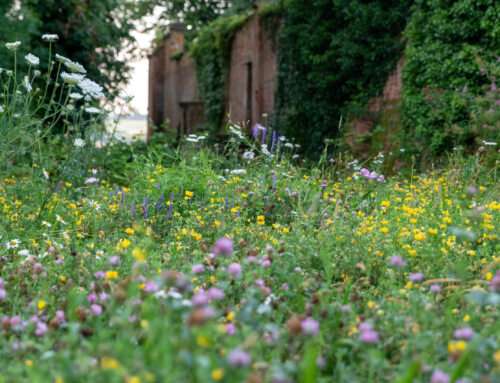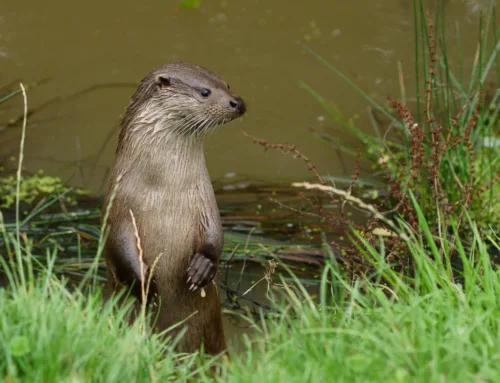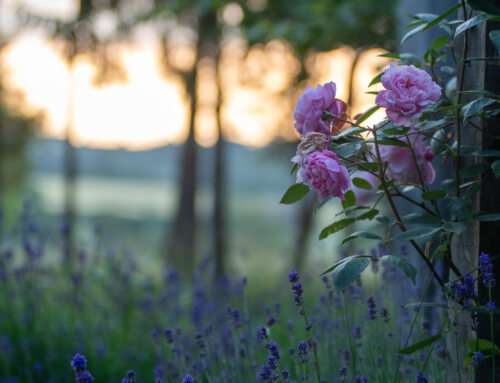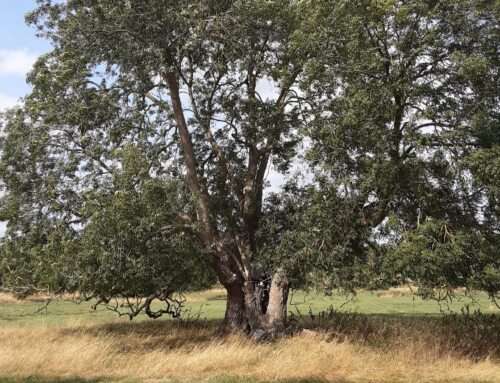Pedigree Oak Trees of Provenance: ‘Oaklings’ with Special Lineages, with Benedict Pollard
By Iona Milne Home
Benedict Pollard is a supplier of ‘oaklings’ grown from ancient, veteran or characterful oaks, and for the last 2 years, some 250 of his oak saplings have been growing here at Nicholsons nursery. There are two native oak species in the UK – Quercus robur (Common/Pedunculate/’English’ Oak) and Quercus petraea (Sessile Oak) – from which Benedict collects acorns: the fruit and seed of the oak.
“The ‘oaklings’ are now reaching a very good size, and you will literally be directly connecting to these old lineages. Most of the trees I visit are very, very old.”
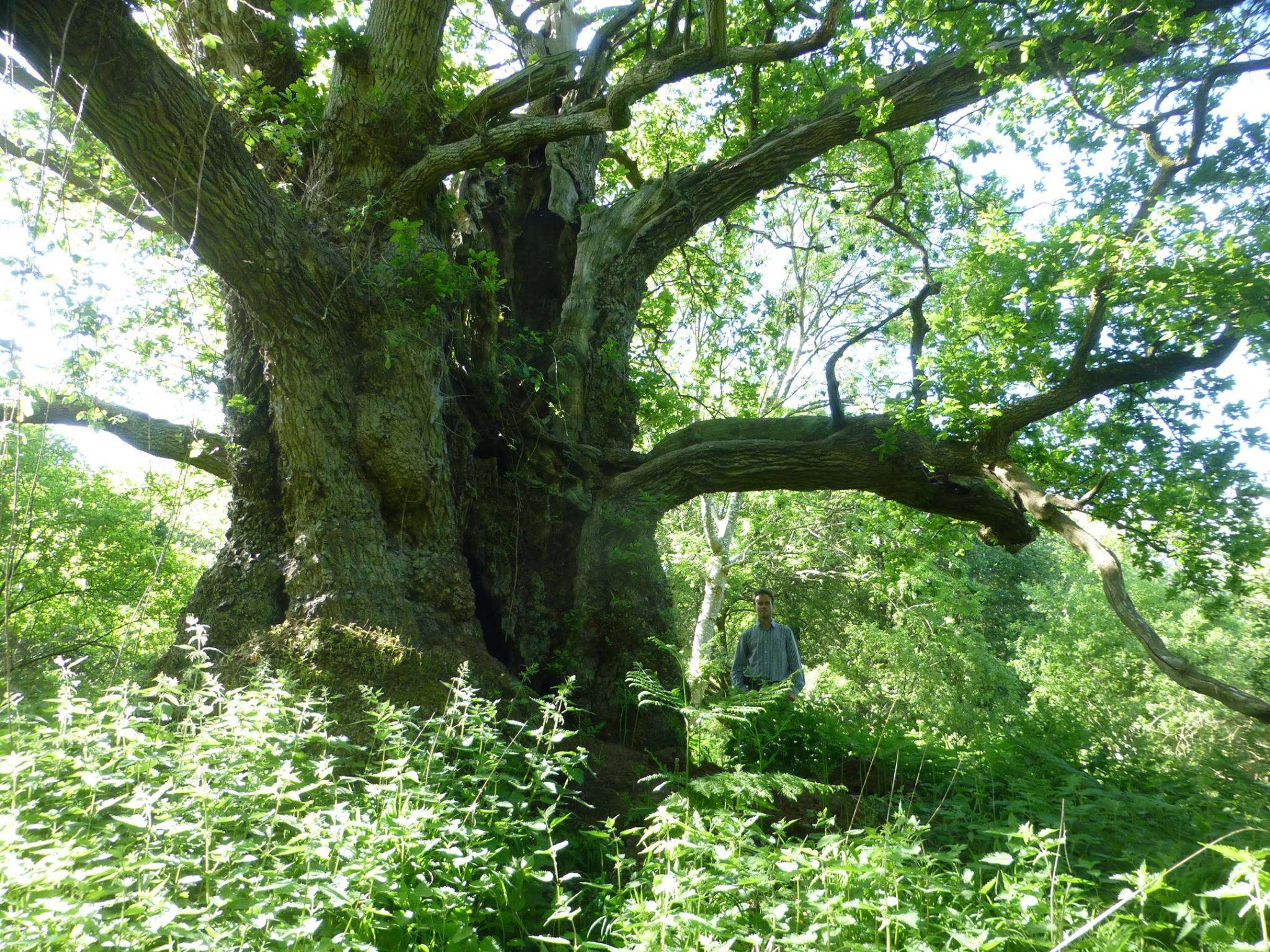
An environmental and horticultural consultant, landscape designer, ecologist, conservation researcher and supplier of oaklings from ancient oaks, these are just some of the hats Benedict wears. After studying biology at Oxford University, he worked for Kew Gardens for several years as a tropical conservation botanist in Central and West Africa, sparking in him a curiosity in ethnobotany and the relationships between trees and other life forms, including ourselves.
“All the indigenous cultures around the world know how to communicate with the natural world, but in our society, we have become ever more divorced from it.”
His expeditions to collect acorns represents a re-establishment of that connection with the plant world, and he is delighted to bridge these worlds, in all their myriad facets. Recently, through surveying the many ancient oaks in Oxfordshire, he has also become involved in coleopterology, the study of beetles, and gained a glimpse into another fascinating world. There are sites in England with ancient woodland beetle faunas that have changed very little for potentially thousands of years. You can have a whole lineage, or family of beetles, living in the same tree for generations – hundreds of years. So, when you find some of the rarer beetles in an oak tree, it is an indicator that the tree is very old and a very special habitat. Even a single hedgerow oak can be significant for its little beetle friends.
“What I’d also like to do is celebrate the ancient oaks and the beetles and help make people aware that no one being is greater or lesser than another. The tiny beetle has just as much right to exist and be appreciated”.
Read on to find out more about Benedict and his oak trees of provenance and why they are so special.
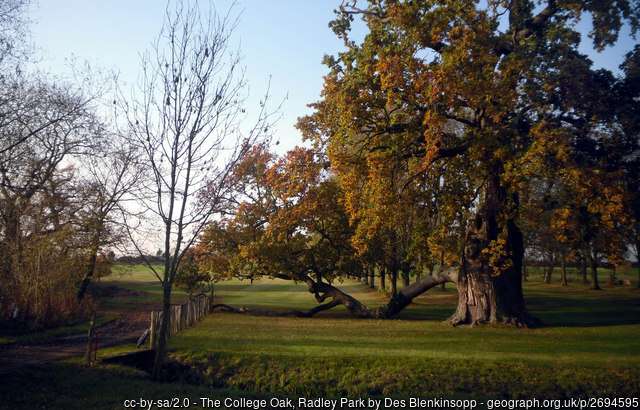
The Radley Oak
Q: How did your interest in oak trees come about?
A: I’ve always loved oaks. There were two things from school that were relevant. I was at Radley College in Oxfordshire, where there is one of the largest oaks in England. I was a keen runner and for the cross-country course, we used to run underneath it, in the sense that it has a huge trunk and then a big branch growing more or less horizontally, and then nestling on the ground and growing up again. Everyone could run under this branch and there’s a great old photo of around 20 pupils sitting all the way along it . It was a significant tree. They don’t know how old it is but could be anywhere between 500 and 900 years old. The other thing was a general studies project we all had to do in the sixth form, and you could choose whatever topic you wanted. I chose the oak tree. I spent a school holiday going around where I grew up, taking photos of interesting oaks in hedgerows and in the garden, we had a nice big garden, where there were big old oaks, and I won a prize for that! So obviously there was something there, that draws me to oaks, above other trees, in this country anyway. I think we all know we thrive when we have a passion for something. Oaks are certainly that for me.
Q: When and why did you start collecting acorns from ancient oaks?
A: I collected the first acorns on the 19th of September 2015. I suppose the idea had been bubbling along for quite a while. I don’t know where it came from, but like many good stories maybe they’re just floating in the ether – one just tunes in to it. Radley was the obvious place to start collecting, and then it just kind of evolved quite naturally.
There is a difference between an old oak and a truly ancient oak. You can have an oak that is 100 years old, and it is lovely, but with a really, really, old, truly ancient oak – that means over 400 years old – there is something about them, when you stand in front of one of those trees there is a feeling that you can’t easily describe. There’s majesty there. There is something to be really respected and celebrated, so the idea of collecting acorns from these trees just seems something rather lovely and special. Often these ancient oaks are so special because where they are, is sometimes, but not always, as close to the more pristine habitat that we might have had before our ancestors became overly enthusiastic with the axe and plough!
Q: Tell us a bit more about your product?
A: I always have permission from the landowners to collect the acorns and I would always want to have permission to offer any up for sale. I normally return trees to the landowners as a gesture of thanks.
All the Herefordshire oaks are Quercus petraea, while the others are all Quercus robur (English Oak). The oldest oaklings are coming up to 6 years soon, and the tallest are between 8 – 14ft. Every time I collect a group of acorns, I give them a unique code, and every plant has a label so it can be traced back precisely to the parent tree. That is quite rare, I don’t think there are many people who go to that level of detail. It may not be possible for purchasers to visit the parent tree, but we would provide a nice photo, with the girth measurement of the tree’s trunk, and an estimate of the age.
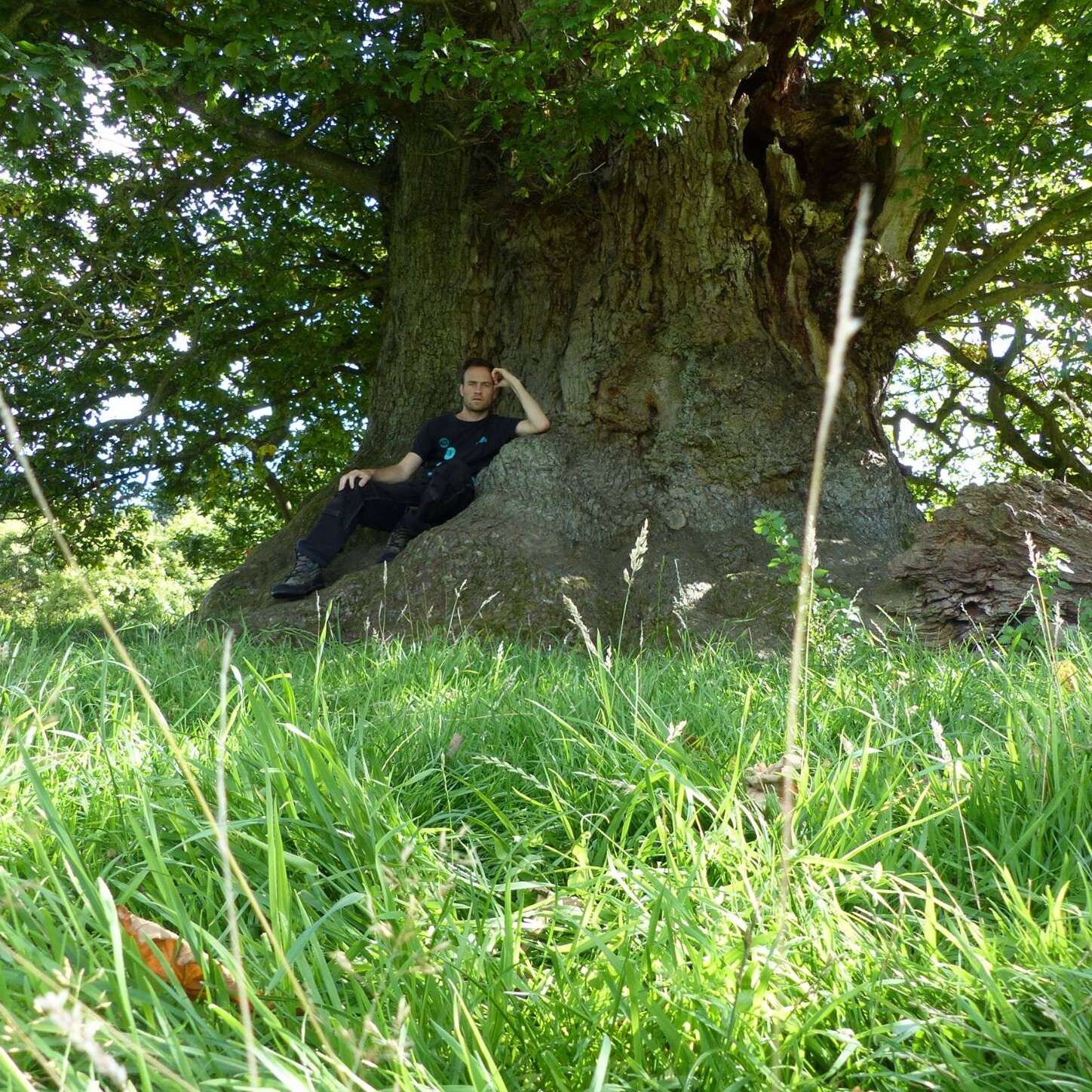
I have a nurseryman in Somerset who grows the acorns on for me, so I post them to him once my ‘expedition’ is finished. He’s an oak specialist in his late eighties, and he’s great. In fact, he sent me an email last night to say that last year’s crop has an 80% success germination and the two years’ crops before that are all doing very well. So, there’s a production line, to ensure continuity of supply, with about 3000 growing presently I think, and around 250 at Nicholsons.
The thing I enjoy most, is when I go collecting acorns, I get to meet some really interesting people and get to see some amazing old places where these trees grow. I have really enjoyed exploring Britain.
Q: Do you have anything exciting in the pipeline, and what would you like to pursue next?
A: One of my plans is to carry on collecting seeds from every county in England. I’ve also now started with sweet chestnuts, and last year I visited ‘The Colossus’ West Sussex – the largest, sweet chestnut in Britain. It seems to me that we could all do with deriving more of our sustenance and nutrition from nature close to home, so a chestnut fits the bill splendidly. Acorns are edible too but require quite a bit or preparation, to leach out the tannins.
I would also like to explore creating oak groves around an existing special old oak, or small group of oaks, and start to connect and expand these kind of pasture woodlands. It also seems important to me that people can access these places, to contemplate or relax, and appreciate the healing qualities of nature in balance. That is another thread to this story, to bring us back to our birth-right – as after all, we are nature too.
I am in touch with some landowners, exploring the ideas of planting oaks of provenance from ancient trees – I have already been approached by one large landowner about this, and am excited to see how this will develop.
There’s a connection here that is provable, and that is special. The landowners of where these seeds have come from do care passionately about their oaks. Most of them are so conscious of how important these oak trees are, and they have such a love for them, and welcome this initiative.
In the age of doom and gloom about the natural world, and that we are all supposed to ‘do our bit’, I am hoping that this is a refreshing new way of seeing things. That really, we just need to connect … with nature and with one another.
We have been lucky enough to grow on Benedict’s oak for some years now and they are now on sale. If you would like to purchase one of these very special trees or have any other tree enquiries, then please feel free to contact us.
01869 340342 (option 2)
To learn more about Benedict Pollard, please visit his website here: https://www.mightyfineoaks.com/

If you would like to learn more about Oak trees, we recommend watching this video produced by the University of Oxford and featuring Benedict.

